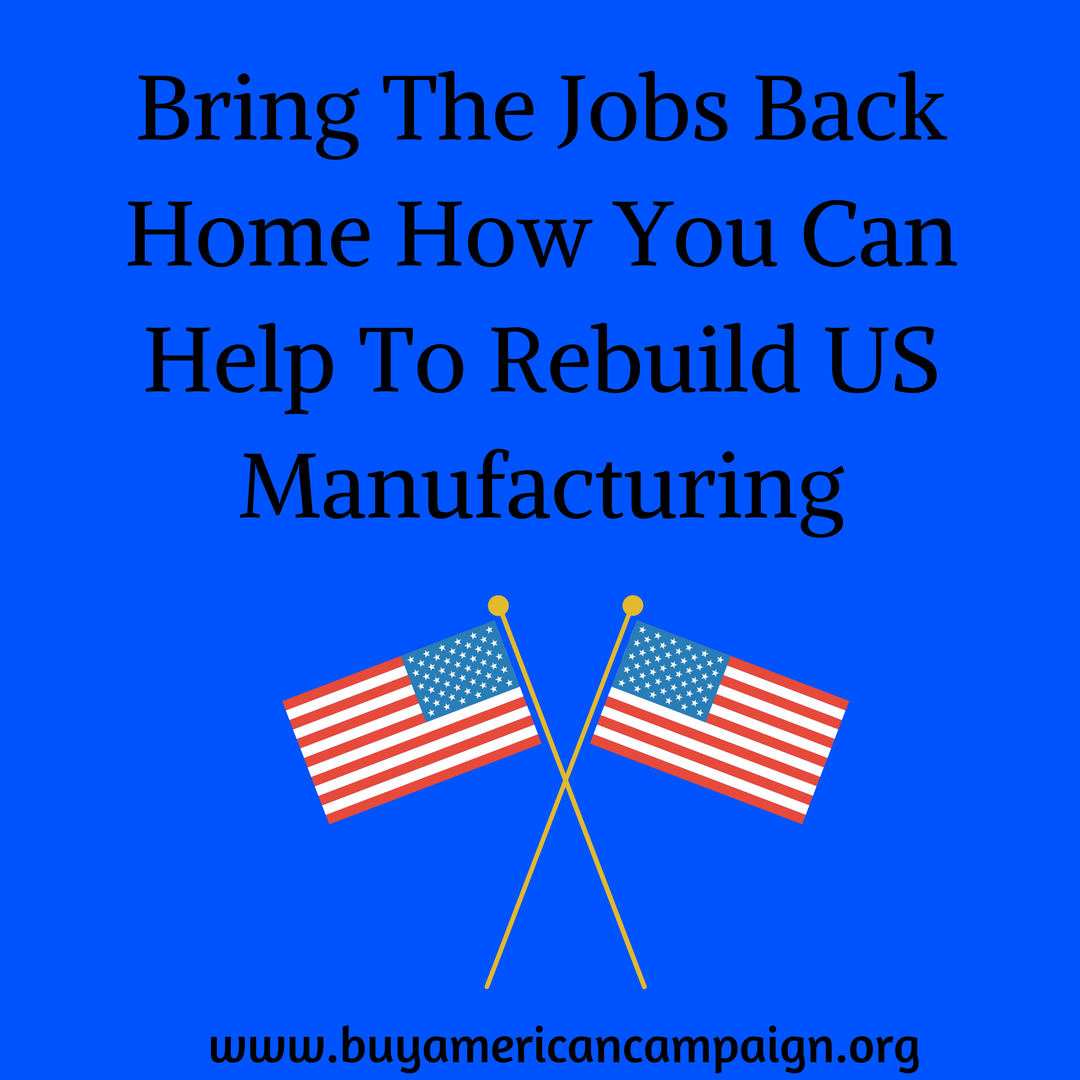 Careful studies have shown that many products can be profitably produced in the U.S. by a well-paid workforce because the production processes involved uses sophisticated machinery that assures high levels of output for each hour of labor.
Careful studies have shown that many products can be profitably produced in the U.S. by a well-paid workforce because the production processes involved uses sophisticated machinery that assures high levels of output for each hour of labor.
While capital-intensive manufacturing typically takes place in workplaces that employ far fewer people than the factories of the 1950s, a vibrant manufacturing sector can be critical to the health of both urban and rural communities because of the unique linkages of manufacturing work.
There is now a close connection between advanced manufacturing processes and the research and development efforts that feed into these processes, so that if the United States lacks manufacturing capacity for certain products, it will also ultimately lose the research and development capacity supporting those products as well. It follows that, for the United States to continue pioneering new industries, the nation needs a strong manufacturing sector.
Manufacturing jobs generally pay better than other jobs available to those without a college degree, and they are critical to the economic vitality of many states in the Midwest and Southeast.
There are two distinct ways in which twenty-first-century manufacturing differs radically from mid-twentieth century manufacturing. First, contemporary manufacturing is highly dependent on cutting-edge science and technology. Whether it is a question of using newly developed composite materials, relying on the latest advances in robotics, or incorporating other recently developed technologies, manufacturing now relies heavily on the research being done in government-funded laboratories. This is true of the latest models of smart phones, solar panels, robots, wind turbines, advanced batteries, and pharmaceuticals, but it is also increasingly true of airplanes, automobiles, machine tools, and even more mundane products such as textiles and building materials.
The second key change in manufacturing is that it is now a “team sport,” in that manufacturing firms in and across sectors are much more mutually dependent. Back in the 1920s, for example, Henry Ford sought to excel in manufacturing as an individual sport. He built the River Rouge complex with its own electrical power plant, its own steel mill, and its own glassmaking facility, so that he could build cars without having to purchase any inputs from other firms. Today, however, that strategy would make no sense. Firms that specialize in making glass or steel or carburetors or transmissions or seating assemblies can supply those components more efficiently and at lower cost than can an automobile company. This is true because specialization allows a firm to make substantial investments in the technical knowledge and the skilled workers that are required to keep improving the specific product that it makes. The consequence is that today, as much as 70 percent to 80 percent of the value added of a typical automobile is purchased by the automobile manufacturer from suppliers.
Both research-intensive innovation and specialized, disaggregated manufacturing work in the same direction. In contemporary manufacturing, an individual firm is highly dependent not only on outside scientists and engineers, but also on other firms that are buyers or suppliers or collaborators in producing particular things.
This dependence on others can create a serious problem, however. A firm, whether big or small, might have a great idea about a new product, but it cannot move forward until it finds the appropriate partners for both developing and making the product. Finding appropriate partners, in turn, is difficult and time-consuming, and some potential partners might exaggerate their skills, or otherwise prove to be unreliable or untrustworthy. And even when one has found good partners, uncertainty remains.
With advanced manufacturing, figuring out how to mass-produce a complex product is often a major challenge, and it can be difficult to find a labor force with the skills needed for production. Even if these hurdles can be overcome, there is still the considerable risk that the new product will not find a market, either because it is rejected by regulators or by consumers.
| If you like what you see and think this post would be of interest to someone, please share |










